The Painful Phase of Care
This blog post links to my video on Instagram, so if you're more of a watcher than a reader, go and check it out.
99% of patients will come to the clinic experiencing some form of pain or discomfort. Usually, these pains have built up over a period of time and are now affecting the patient’s quality of life, whether that’s being able to play with their children, do the gardening or even just get a good night’s sleep.
The patient’s habits and lifestyle (usually work-related) have contributed to the body adopting a new muscle memory attempting to compensate and cope with the demands that the patient has placed upon it. This new muscle memory puts more stress and strain on the ligaments and muscles and it is typically a waiting game until the patient begins to feel the pain.
In Chiropractic and in Healthcare, we adopt a three-phase model in a patient’s care plan to ensure that we reduce the patient’s pain whilst also recorrecting their muscular imbalances and muscle memory so that the patient’s overall function improves, limiting the similar problem returning in the future.
The first phase of care is called the painful phase. During this phase, the patient often has multiple joint restrictions, muscular imbalances, and nervous system dysfunction that has built up and caused pains and discomforts. It is important that we get on top of the problem as quickly as possible and begin to make the changes to the patient’s spine to allow the healing process to take place.
The frequency of appointments is greater with being once or twice a week. This frequency helps a new, more efficient muscle memory to be engrained within the patient’s biomechanics more quicker. Think of it like learning a new skill, you often practice the skill more often at the start to get better quicker, the same concept applies with the treatment, we make changes to the body more frequently so that the body can learn quicker.
It is very much about what the Doctor does. Most of the positive work will be done in the treatment room, most of the time mobility, ice, and hydration is recommended to help the new muscle memory hold its new position. Specific exercises are usually withheld until the correction phase.
The final point to note is that this phase, will not be simple “one appointment will fix all”. Healing is a process and during the first phase it is natural to experience ups and downs in your pain levels, Some days will be good days and other days will be bad days. This is down to the body trying to heal itself and integrate the new muscle memory into its system. It will be a bumpy journey at the start.
Healing times are different for different people but we estimate most patients will experience a noticeable improvement in their symptoms that is beginning to hold after 4 weeks of care. When that has happened we can look to progress the patient further into the correction phase (personally the most important phase of the process).
